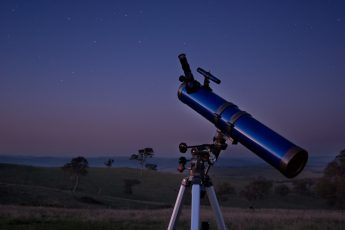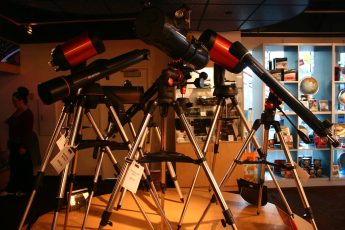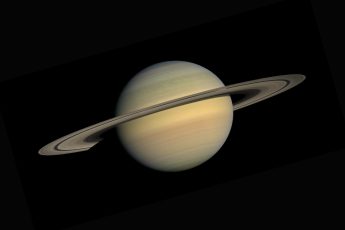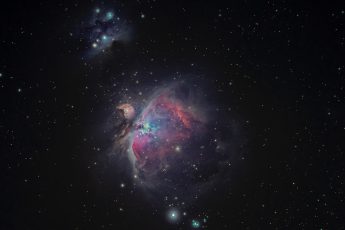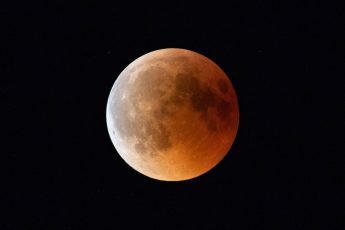If you are an astronomy enthusiast, you probably have a telescope. You may be surprised to learn that cleaning a telescope lens isn’t as difficult as it might seem at first glance. In fact, with the right tools and materials, you can do it yourself in no time! Here is what you will need:
First remove the eyepiece from the telescope and set it on a table.
Remove the eyepiece from the telescope and set it on a table. If you’re using a Newtonian reflector telescope, remove the diagonal mirror first before removing anything else. Set aside all of your tools and cleaning supplies so that you don’t accidentally knock over your eyepiece while looking for them later.
Second, gently clean the eyepiece with a cotton swab soaked in alcohol or lens cleaning solution.
- Gently clean the eyepiece with a cotton swab soaked in alcohol or lens cleaning solution.
- Clean the outside of the lens with a microfiber cloth and water, then dry it off using another microfiber cloth. Never use paper towels and don’t scratch your lenses!
- Clean the inside of your eyepiece using this same method as above, but instead place some cotton balls inside to absorb alcohol or other cleaning solution before gently swabbing away dust particles from inside your telescope tube itself (this part can be tricky).
Third, gently clean the outside of the lens with a cotton swab soaked in alcohol or lens cleaning solution.
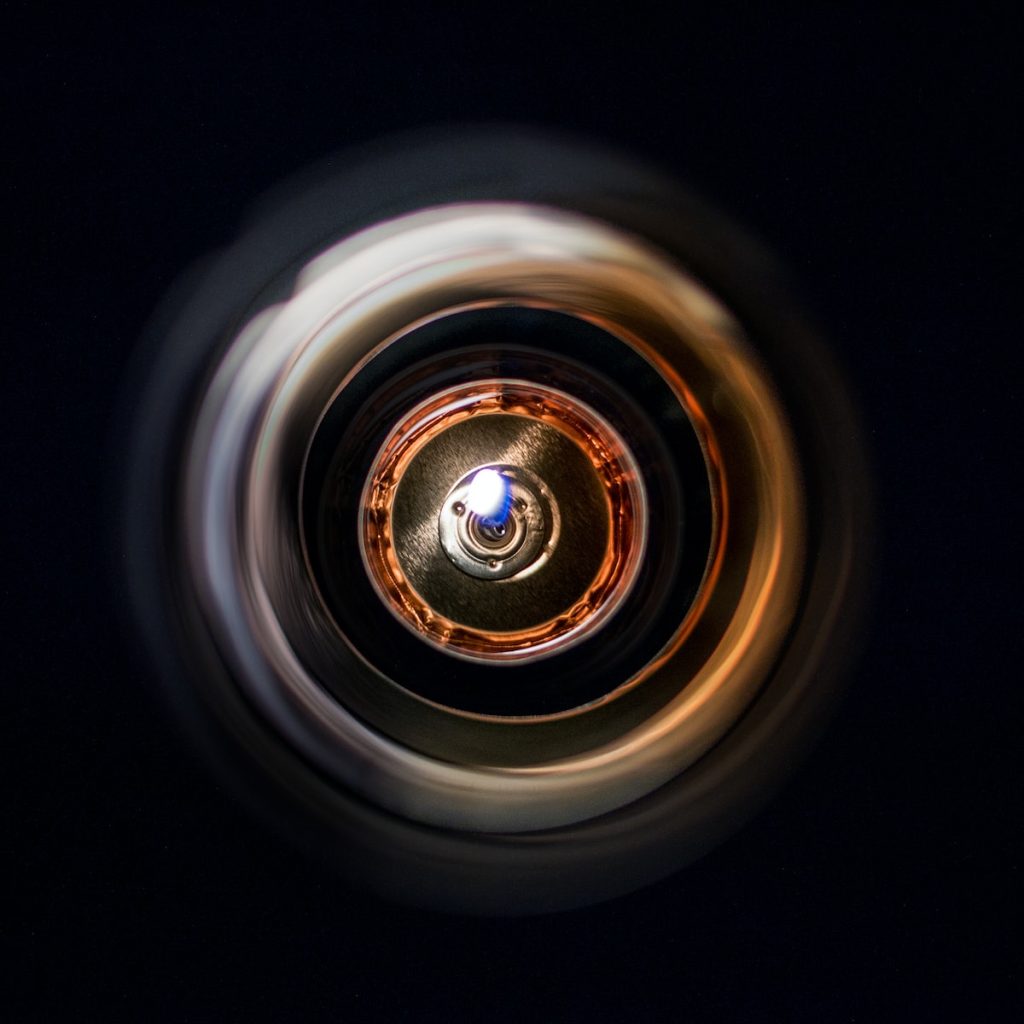
The next step is to clean the outside of your lens. If you have a lens cap, remove it and clean both sides. If you do not have a lens cap, then use an old cloth or paper towel to gently wipe down the surfaces of your telescope. Do NOT use water; you will need to make sure that any residue from cleaning solution does not get wet again!
It’s tempting to try using a cotton swab at this point, but this method can be dangerous because its stickiness could cause scratches on your lens if used improperly. Instead, use some dampened lens cleaning solution or alcohol swabs (or even just plain old cotton balls) lightly dampened with alcohol or cleaning solution instead of water before wiping off any excess liquid with dry microfiber cloths in order to avoid scratching up delicate surfaces inside your scope’s body during this process as well
Fourth, Use an air blower to blow off any dust particles.
- Use an air blower to blow off any dust particles.
Whether you’re using a store-bought lens cleaning tool or a piece of paper, you can use the air blower to remove any remaining dust particles. If you use your mouth to blow off the dust, this could damage the lens and affect how it works in the future. Also, don’t ever use a vacuum cleaner for this process because it could leave particles on your lens from whatever else was in that room when you were vacuuming (think: pet hair).
Just follow these steps and your telescope lens will be cleaned in no time!
Your telescope lens can be a great tool to help you see the night sky, but it’s important that you keep it clean so that you can enjoy the best viewing experience.

To begin, make sure that your cotton swabs are clean. If they’re not, use some alcohol or cleaning solution on them and then rinse them off before using them again. You can use an air blower as well to remove any dust particles from your telescope lens and eyepiece.
After this is done, use a cotton swab dipped into the cleaning solution or rubbing alcohol (do NOT apply directly from bottle) and start cleaning each section of your telescope lens by moving in small circles across its surface until all dirt has been removed.
After rinsing off any residue left behind by either method of cleaning, use another clean cotton swab with no extra liquid on it at all to dry off all areas of glass that were cleaned previously using either method above until there are no streaks or smudges left on them whatsoever!
Conclusion
There are many products available to clean your telescope lens, but some are better than others. For example, a soft cloth and eyeglass cleaner will do the job. However if you have strong dirt or dust on your lens then you should use a special solution made specifically for cleaning lenses on telescopes, binoculars and other optical equipment.
To clean your telescope lens properly you need to start by removing any dust or dirt particles from it with a soft cloth dampened in warm water and mild soap solution (or an ammonia-free cleaner). Then rinse the lens off thoroughly with fresh water before drying it with another soft cloth that has been lightly dampened again but this time wrung out completely so that there is no liquid left behind which could potentially damage delicate coatings found within modern lenses used by astronomers today!
When dry all that’s left is just applying some rubbing alcohol onto one side at a time before wiping them down again until they look clear once more – this usually takes about five minutes per side if done right!

